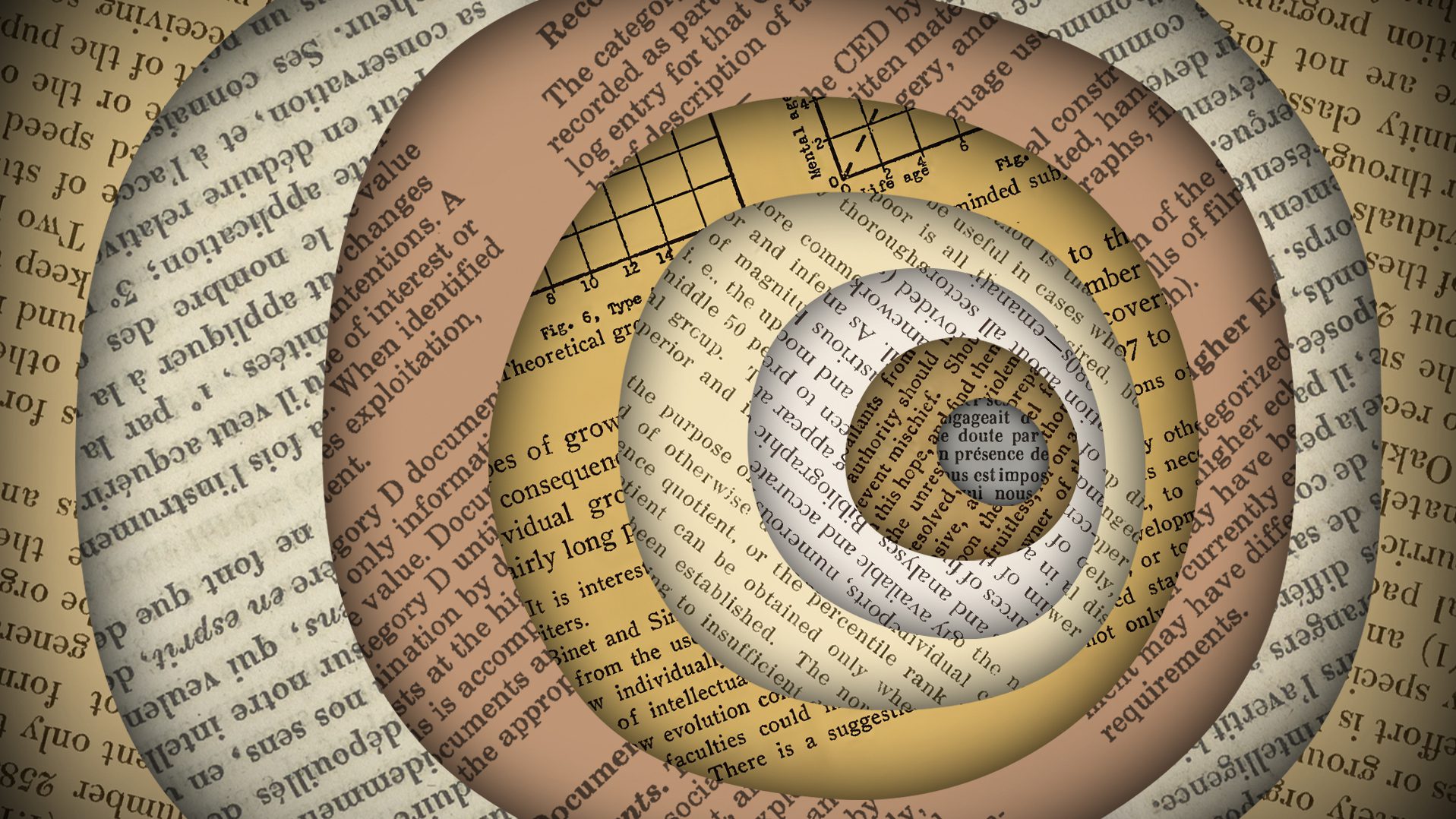This content discusses the influence of political propaganda on public opinion. It highlights ten ways in which propaganda tactics are used to shape public perception, including emotional appeals, repetition of messages, manipulation of language, selective presentation of information, creation of enemy images, use of endorsements and celebrity influence, visual manipulation, dissemination via mass media, deception and misinformation, and control of public discourse. The content emphasizes the importance of being aware of these tactics in order to critically evaluate information and maintain an informed and independent perspective.
10 Ways Political Propaganda Influences Public Opinion
Political propaganda is a powerful tool used by governments, politicians, and interest groups to shape public opinion and garner support for their agendas. Its techniques can be subtle or overt, but their impact can often be far-reaching. In this article, we explore ten ways in which political propaganda influences public opinion.
1. Emotional Appeals and Manipulation
Political propaganda often employs emotional appeals that aim to evoke strong emotions, such as fear, anger, or patriotism. By framing issues in a way that triggers emotional responses, propagandists can sway public opinion and rally support.
2. Repetition and Simple Messaging
Repetition is a key strategy in political propaganda. By consistently reinforcing a specific message or slogan, propagandists can instill it into the public’s consciousness. Simple messaging is used to ensure that the message is easily digestible and memorable.
3. Manipulation of Language
Political propaganda frequently engages in the manipulation of language. It can use loaded terms, employ euphemisms, or twist semantics to influence public opinion. The way an issue is framed can significantly impact how it is perceived.
4. Selective Presentation of Information
Propagandists often present information selectively to promote a particular viewpoint while omitting or downplaying conflicting evidence. By controlling the flow of information, they can shape the narrative to their advantage.
5. Creation of Enemy Images
Political propaganda frequently demonizes opponents or creates negative stereotypes about certain groups or individuals. By portraying them as enemies, propagandists seek to rally support and create a sense of unity among their own followers.
6. Use of Endorsements and Celebrity Influence
Political propaganda will often leverage the power of endorsements and celebrity influence to gain credibility and sway public opinion. By associating their cause with respected figures, propagandists aim to transfer trust and authority to their own message.
7. Visual Manipulation
Propagandists employ visual manipulation techniques to shape public opinion. This can include carefully selecting images, altering photographs or videos, and using symbols or colors associated with specific emotions or ideologies.
8. Dissemination via Mass Media
Political propaganda utilizes mass media channels, such as television, radio, and social media, to disseminate its messages widely. By controlling the narrative in these outlets, propagandists can reach and influence a large portion of the public.
9. Deception and Misinformation
Propagandists often rely on deception and misinformation to manipulate public opinion. This can involve spreading false or misleading information, twisting facts, or presenting biased narratives as objective truth.
10. Control of Public Discourse
One of the most significant impacts of political propaganda is its ability to control public discourse. By setting the terms of debate and limiting alternative perspectives, propagandists can steer public opinion in a particular direction while marginalizing opposing views.
In conclusion, political propaganda is a powerful force that shapes public opinion in numerous ways. From emotional appeals and manipulation to the control of public discourse, its techniques can influence individuals and entire populations. Being aware of these tactics is crucial in order to critically evaluate information, challenge biases, and maintain an informed and independent perspective.
